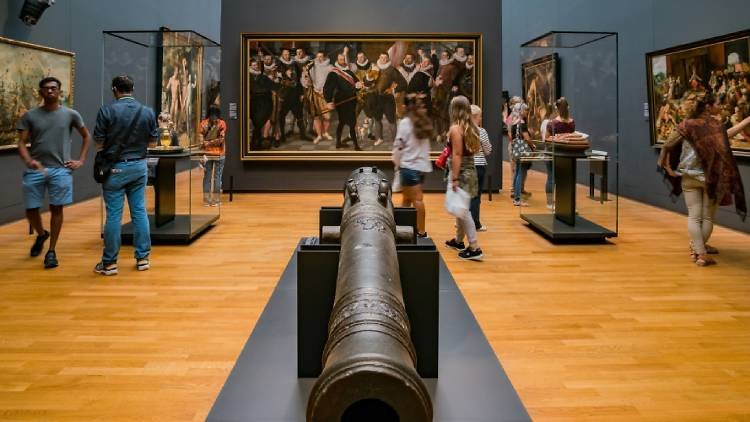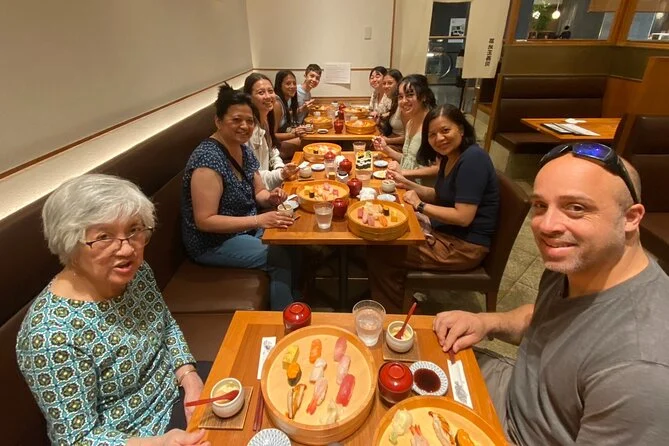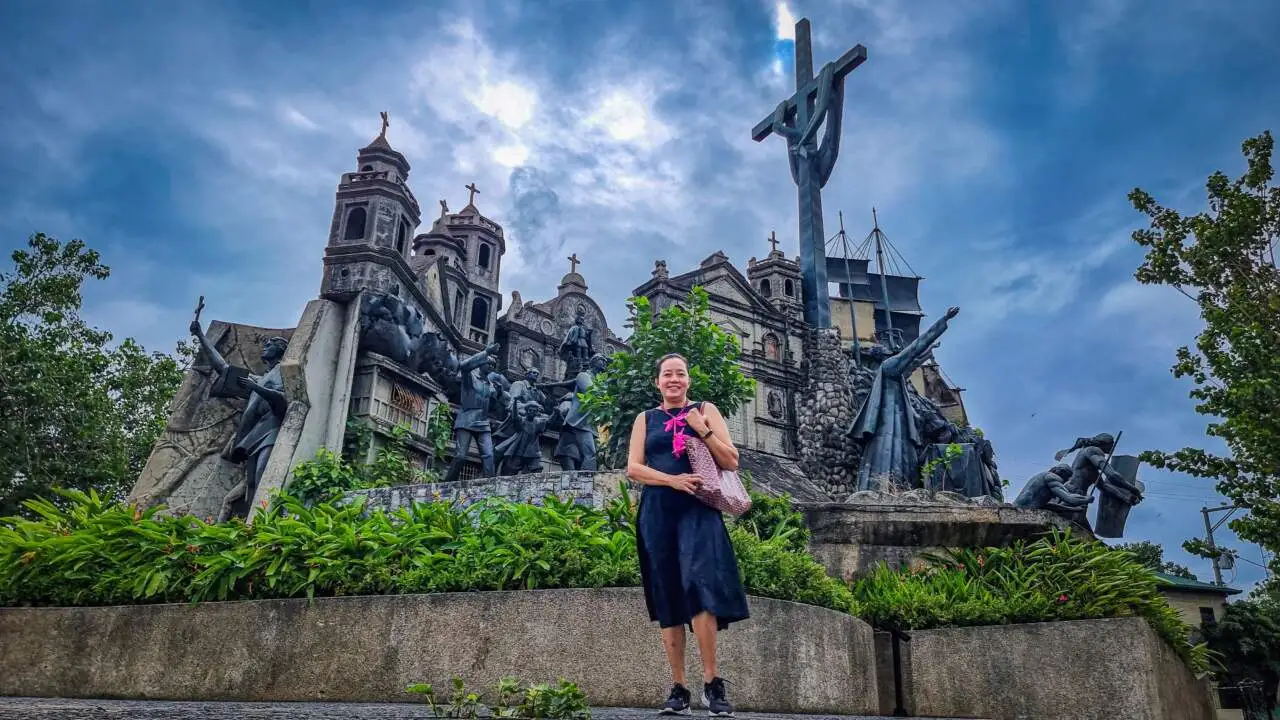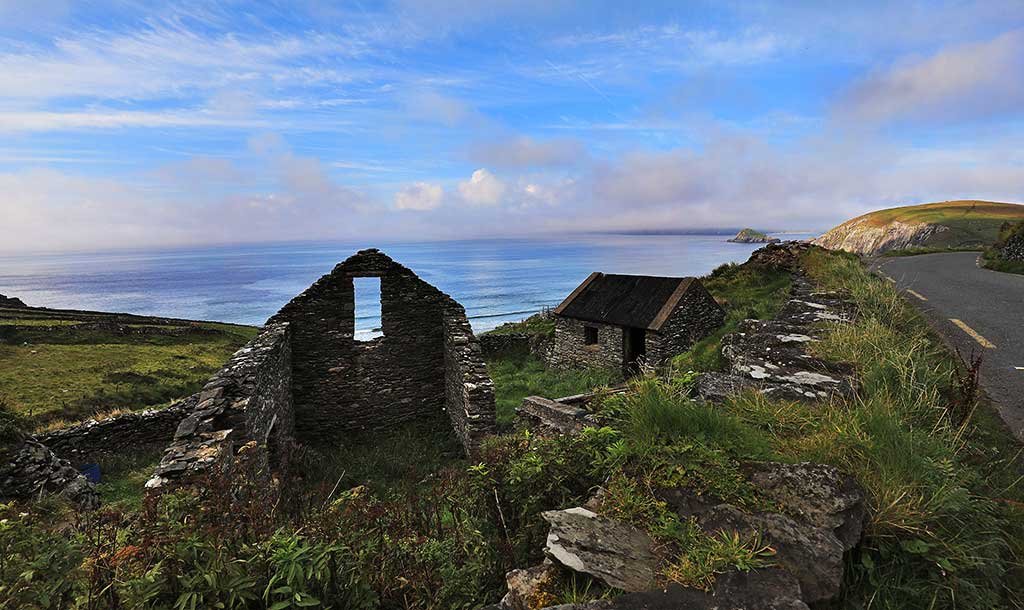Ways of Discovering Hidden Gems on a Self-Guided Tour
Exploring hidden gems on a self-guided tour can add a sense of adventure and discovery to your travels. These lesser-known spots often offer unique experiences away from the typical tourist attractions. Let’s give you ways how you can uncover these hidden gems and make your trip unforgettable.
Research Off-the-Beaten-Path Destinations
To find hidden gems, start by researching destinations that are not as well-known to tourists. Look beyond popular travel guides and websites to local blogs, forums, and social media platforms where travellers share their discoveries. These sources often highlight lesser-known attractions that offer a more authentic experience.

Ask Locals for Recommendations
One of the best ways to uncover hidden gems is to ask locals for their recommendations. Whether it’s your Airbnb host, a friendly waiter, or a shopkeeper, locals usually know the best-kept secrets of their city or town. They can suggest hidden cafes, scenic viewpoints, or quiet parks that are off the usual tourist radar.
Explore Neighborhoods on Foot
Walking through neighbourhoods allows you to stumble upon hidden gems that you might miss when using public transport or taxis.
Use Mapping Apps for Exploration
Mapping apps like Google Maps or offline maps such as Maps. me can be invaluable tools for discovering hidden gems. Pinpoint interesting locations nearby and take detours from your planned route to explore intriguing spots that catch your eye along the way.
Visit Local Libraries and Cultural Centers
Local libraries, community centres, and cultural institutions often host events, exhibitions, and workshops that showcase the cultural richness of a place. These venues can introduce you to local artists, historians, and performers while providing insights into the community’s hidden treasures.
Embrace Spontaneity in Your Itinerary
Allow room in your itinerary for spontaneous exploration. While it’s essential to have a rough plan, being flexible can lead to unexpected discoveries. Serendipitous encounters with locals or stumbling upon a festival or market can enrich your travel experience and uncover hidden gems.
Venture Beyond Tourist Hotspots
To find hidden gems, venture beyond the main tourist hotspots. Explore the outskirts of a city or town, nearby villages, or natural areas such as parks, lakes, or hiking trails.
Attend Local Events and Festivals
Attending local events and festivals is a fantastic way to experience a destination’s culture and discover hidden gems. Look for community celebrations, music festivals, food fairs, or seasonal events that showcase traditions, local cuisine, and arts that are unique to the region.
Seek Recommendations from Fellow Travelers
Engage with fellow travellers you meet along the way to exchange tips and recommendations. Online travel forums and social media groups are also great resources for sharing and discovering hidden gems.
Explore Nature and Outdoor Spaces
Nature reserves, botanical gardens, and scenic viewpoints often hide some of the most breathtaking hidden gems. Take time to explore natural landscapes, go for hikes, or simply relax in peaceful surroundings that offer a break from the hustle and bustle of touristy areas.
Capture Local Stories and Legends
Local stories, myths, and legends can lead you to hidden gems with historical or cultural significance. Research folklore associated with your destination and visit sites linked to these tales. Whether it’s a haunted house, a mystical cave, or a legendary waterfall, these spots can offer intriguing insights into local traditions.
Visit Underrated Museums and Galleries
While famous museums and galleries attract large crowds, smaller and lesser-known institutions often house hidden gems of art, history, or science. Explore these underrated venues to discover unique collections, temporary exhibitions, or interactive displays that provide a deeper understanding of the local culture.
Dine at Local Eateries and Food Markets
Sampling local cuisine is not only a delicious experience but also a gateway to discovering hidden gems.
Stay Curious and Observant
Keep your senses open and be observant of your surroundings. Pay attention to small details, architectural features, signage, and local customs that can point you towards hidden gems.
Conclusion
In conclusion, exploring hidden gems on a self-guided tour adds excitement and depth to your travel experience. By researching, seeking local recommendations, and staying open to spontaneity, you can discover unique places that enrich your journey and create lasting memories.



















